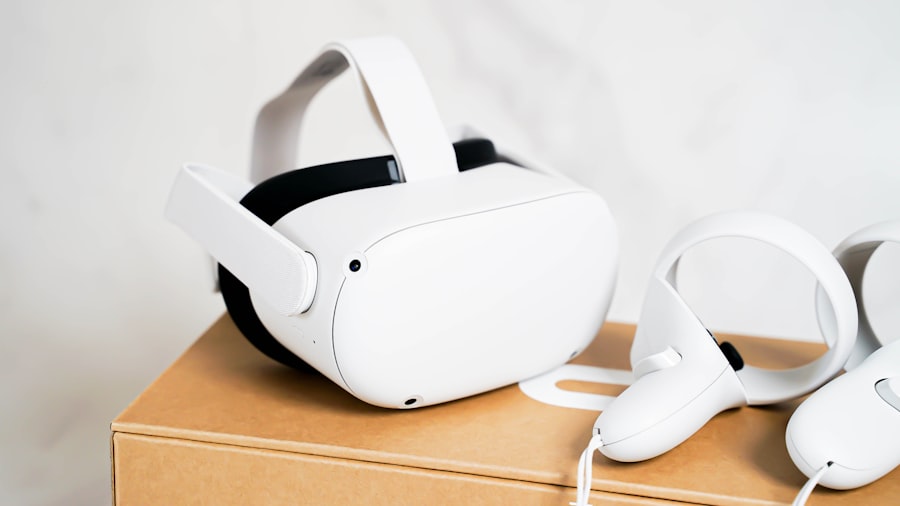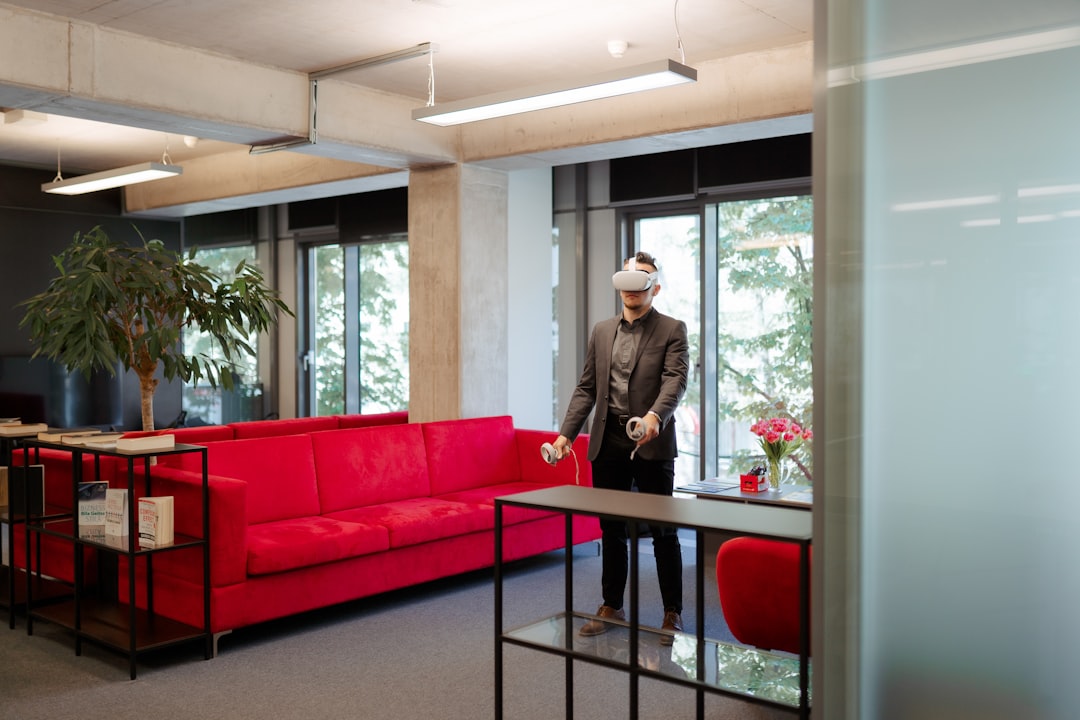The Metaverse is a collective virtual space that merges physical and digital realities, creating an immersive environment where users can interact with each other and digital objects in real-time. This concept extends beyond mere virtual reality (VR) or augmented reality (AR); it encompasses a vast array of interconnected digital worlds, applications, and experiences. The term itself has gained traction in recent years, particularly with advancements in technology that allow for more sophisticated simulations and interactions.
In essence, the Metaverse is envisioned as a persistent, shared space that transcends individual platforms, enabling users to traverse various environments seamlessly. At its core, the Metaverse is built on the principles of user-generated content, social interaction, and economic activity. It is a space where individuals can create, explore, and engage in a multitude of activities ranging from gaming and entertainment to education and commerce.
The integration of blockchain technology further enhances the Metaverse by providing decentralized ownership of digital assets, allowing users to buy, sell, and trade virtual goods securely. As the lines between the physical and digital worlds continue to blur, the Metaverse represents a new frontier for human interaction, creativity, and economic opportunity.
Key Takeaways
- The Metaverse is a collective virtual shared space, created by the convergence of virtually enhanced physical reality and physically persistent virtual reality.
- Joining the Metaverse can provide opportunities for social interaction, entertainment, education, and even business and career advancement.
- To get started in the Metaverse, individuals can explore various platforms such as virtual reality headsets, augmented reality apps, and online virtual worlds.
- Navigating the different Metaverse platforms requires understanding the unique features and user experiences offered by each platform.
- Creating a virtual identity in the Metaverse involves customizing avatars, virtual spaces, and digital assets to represent oneself in the virtual world.
The Benefits of Joining the Metaverse
Global Connectivity and Community Building
One of the most significant advantages of the Metaverse is the ability to connect with others from around the globe in a shared virtual environment. This connectivity fosters a sense of community and belonging, as users can engage with like-minded individuals who share similar passions or hobbies.
Unleashing Creativity and Self-Expression
The Metaverse serves as a platform for creativity and self-expression. Users can design their own avatars, build virtual spaces, and create unique content that reflects their personalities and interests. This creative freedom not only enhances individual experiences but also contributes to a vibrant ecosystem where diverse ideas and innovations can flourish.
Education and Professional Development Opportunities
The Metaverse opens up new avenues for education and professional development. Virtual classrooms and training environments allow for immersive learning experiences that can be more engaging than traditional methods. This democratization of knowledge enables individuals from various backgrounds to access resources and opportunities that may have been previously out of reach.
How to Get Started in the Metaverse

Embarking on a journey into the Metaverse requires a few essential steps to ensure a smooth transition into this expansive digital realm. First and foremost, individuals need to choose a platform that aligns with their interests and goals. Popular platforms such as Decentraland, Roblox, and VRChat offer unique experiences tailored to different audiences.
Each platform has its own set of features, user base, and content creation tools, so it’s crucial to explore these options before diving in. Once a platform is selected, users should create an account and customize their virtual identity. This often involves designing an avatar that represents them in the Metaverse.
Many platforms provide extensive customization options, allowing users to express their individuality through clothing, accessories, and even physical attributes. After setting up an account and avatar, users can begin exploring their chosen environment. Engaging with tutorials or community guides can be beneficial for newcomers, as these resources often provide insights into navigating the platform effectively and discovering hidden features or activities.
| Metaverse Platform | User Base (millions) | Virtual Goods Marketplace | Interoperability |
|---|---|---|---|
| Facebook Horizon | Unknown | Yes | No |
| Roblox | 43 | Yes | No |
| Decentraland | Unknown | Yes | Yes |
| Second Life | Unknown | Yes | Yes |
The Metaverse is not a monolithic entity; rather, it comprises various platforms that cater to different interests and functionalities. Each platform offers unique experiences shaped by its community, tools, and objectives. For instance, Decentraland is built on blockchain technology, allowing users to buy virtual land and create experiences that can be monetized.
On the other hand, platforms like Roblox focus on user-generated games and experiences, attracting a younger audience eager to create and share their own content. Roblox provides an accessible game development environment where users can learn coding skills while having fun.
VRChat stands out for its social interaction capabilities, offering a space where users can engage in conversations, attend events, or simply hang out with friends in immersive environments. Understanding the nuances of each platform is essential for users to find their niche within the Metaverse.
Creating Your Virtual Identity in the Metaverse
Establishing a virtual identity is one of the most exciting aspects of participating in the Metaverse. Users have the opportunity to craft avatars that reflect their personalities or even embody entirely different personas. This process often involves selecting physical attributes such as height, body type, skin tone, and facial features.
Many platforms also allow for extensive customization through clothing options, accessories, and animations that enhance how avatars express themselves. Beyond aesthetics, creating a virtual identity also involves considering how one wishes to interact within the Metaverse. Some users may choose to adopt a persona that aligns closely with their real-life identity, while others may prefer to explore alternate identities that allow for greater freedom of expression.
This flexibility can lead to profound experiences of self-discovery and creativity as individuals navigate social interactions in ways they might not feel comfortable doing in the physical world. The ability to curate one’s presence in this digital landscape adds another layer of engagement that enriches the overall experience.
The Future of Work and Business in the Metaverse

Revolutionizing the Workplace
The Metaverse is set to transform the way we perceive work and business operations. As remote work becomes increasingly prevalent, companies are turning to virtual environments as alternatives to traditional office spaces. Virtual offices within the Metaverse can facilitate collaboration among team members, regardless of their physical locations.
Enhancing Collaboration and Engagement
These immersive environments allow for more engaging meetings where participants can interact with 3D models or visual data presentations in real-time. This level of interactivity can significantly enhance collaboration and engagement among team members, leading to more productive and effective work processes.
Marketing and Customer Engagement in the Metaverse
Businesses are beginning to recognize the potential for marketing and customer engagement within the Metaverse. Brands can create interactive experiences that allow consumers to explore products in a virtual setting before making purchases. This shift towards experiential marketing not only enhances customer engagement but also provides valuable data on consumer behavior within these digital spaces.
Experiential Marketing in Action
For instance, fashion retailers can host virtual fashion shows or allow customers to try on clothing through augmented reality features. This level of interactivity can significantly enhance the customer experience, providing a more immersive and engaging way to explore products and make purchasing decisions.
Socializing and Networking in the Metaverse
Socializing in the Metaverse offers unique opportunities for networking and building relationships that transcend traditional boundaries. Users can attend virtual events such as concerts, art exhibitions, or conferences where they can meet others who share similar interests or professional goals. These events often feature interactive elements that encourage participation and engagement among attendees, fostering connections that might not occur in conventional settings.
Networking within the Metaverse also allows for more diverse interactions. Individuals from various backgrounds can come together in shared spaces without geographical constraints or social barriers typically present in physical environments. This inclusivity can lead to richer discussions and collaborations as people bring different perspectives to the table.
Additionally, many platforms offer tools for users to form groups or communities based on shared interests or professional fields, further enhancing opportunities for meaningful connections.
Challenges and Considerations for Metaverse Adoption
Despite its promising potential, the adoption of the Metaverse comes with several challenges that must be addressed for widespread acceptance. One significant concern is privacy and security; as users engage more deeply within these digital spaces, they may inadvertently expose personal information or become targets for cyber threats. Ensuring robust security measures are in place will be crucial for fostering trust among users.
Another consideration is accessibility; while many platforms strive to be inclusive, disparities in technology access can hinder participation from certain demographics. High-quality VR equipment may not be affordable for everyone, limiting who can fully engage with immersive experiences. Additionally, there are concerns about digital literacy; as the Metaverse evolves rapidly, ensuring that users have the necessary skills to navigate these environments effectively will be essential for maximizing participation.
The future of the Metaverse holds immense potential for transforming how we interact socially, conduct business, and express ourselves creatively. However, addressing these challenges will be vital for creating an inclusive and secure environment where all users can thrive within this expansive digital landscape.
As individuals and businesses explore the potential of the metaverse, understanding its implications across various sectors becomes crucial. A related article that delves into the intersection of business and the metaverse is titled “Metaverse and Industries: Business Collaboration in the Metaverse.
You can read the article [here](https://metaversum.it/metaverse-and-industries-business-collaboration-in-the-metaverse/).
FAQs
What is the metaverse?
The metaverse is a collective virtual shared space, created by the convergence of virtually enhanced physical reality and physically persistent virtual reality. It is a concept that has gained popularity in recent years due to advancements in technology and virtual reality.
How can I join the metaverse?
To join the metaverse, you can start by exploring virtual reality platforms and social spaces such as VRChat, Second Life, Decentraland, and others. These platforms allow users to create avatars, interact with others, and participate in various virtual experiences.
What are the benefits of joining the metaverse?
Joining the metaverse can provide opportunities for social interaction, entertainment, education, and even business activities. It allows users to connect with people from around the world, explore virtual environments, and engage in immersive experiences.
What are some potential concerns about joining the metaverse?
Some potential concerns about joining the metaverse include issues related to privacy, security, and addiction. As with any online platform, users should be mindful of their personal information and be aware of potential risks associated with virtual interactions.
How is the metaverse different from the internet?
The metaverse is often described as an evolution of the internet, offering a more immersive and interactive experience compared to traditional web browsing. While the internet primarily consists of 2D content and static web pages, the metaverse is a 3D, interactive, and dynamic virtual space.

Leave a Reply